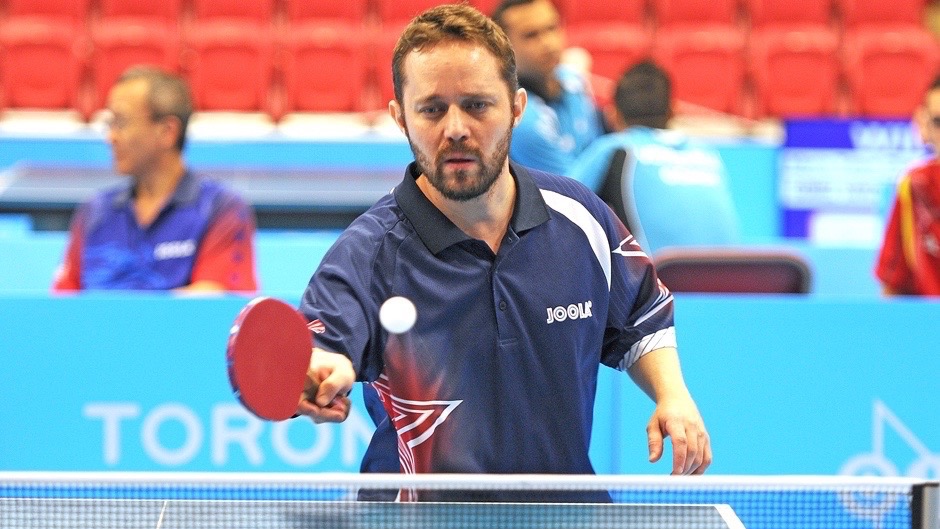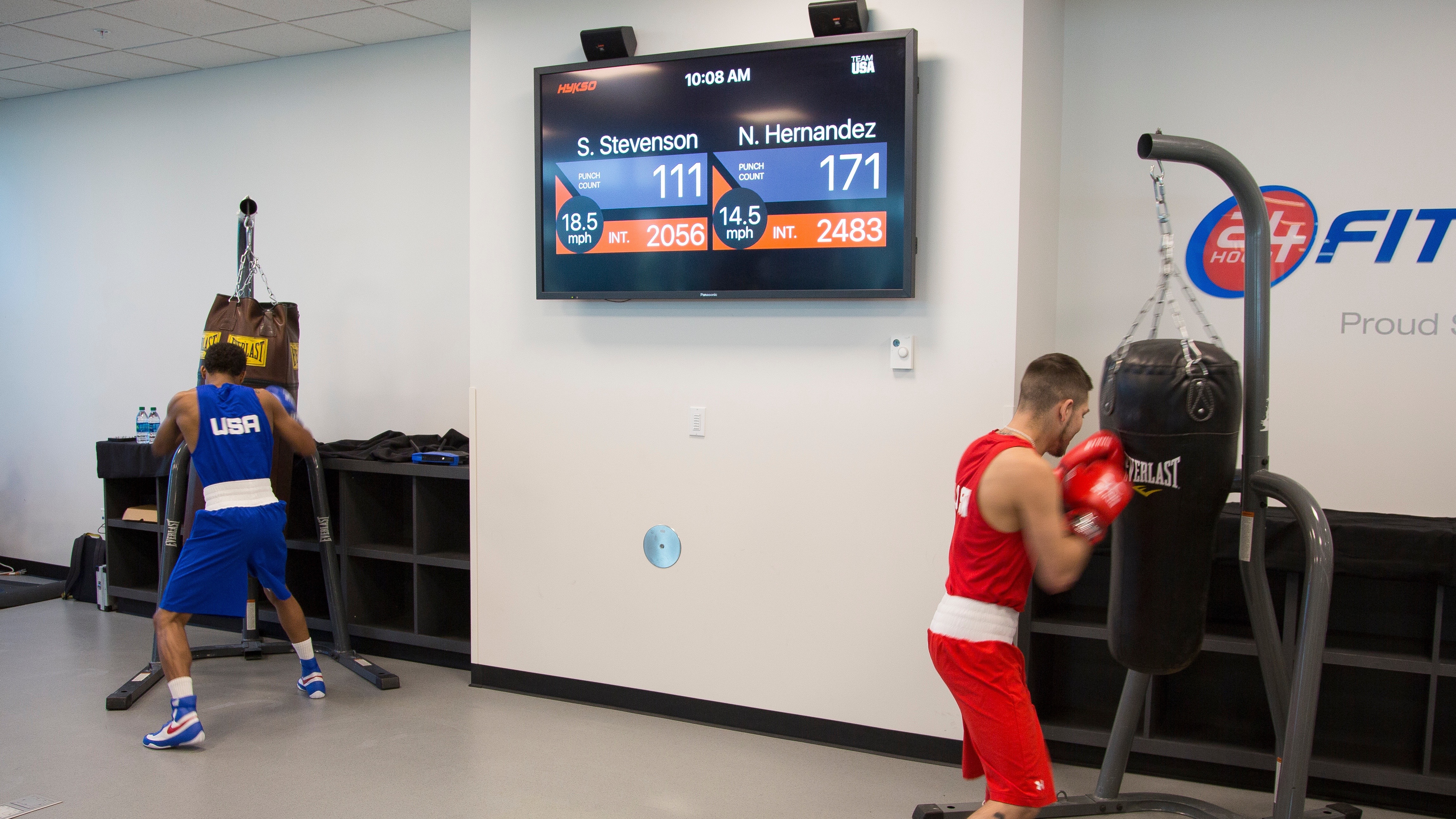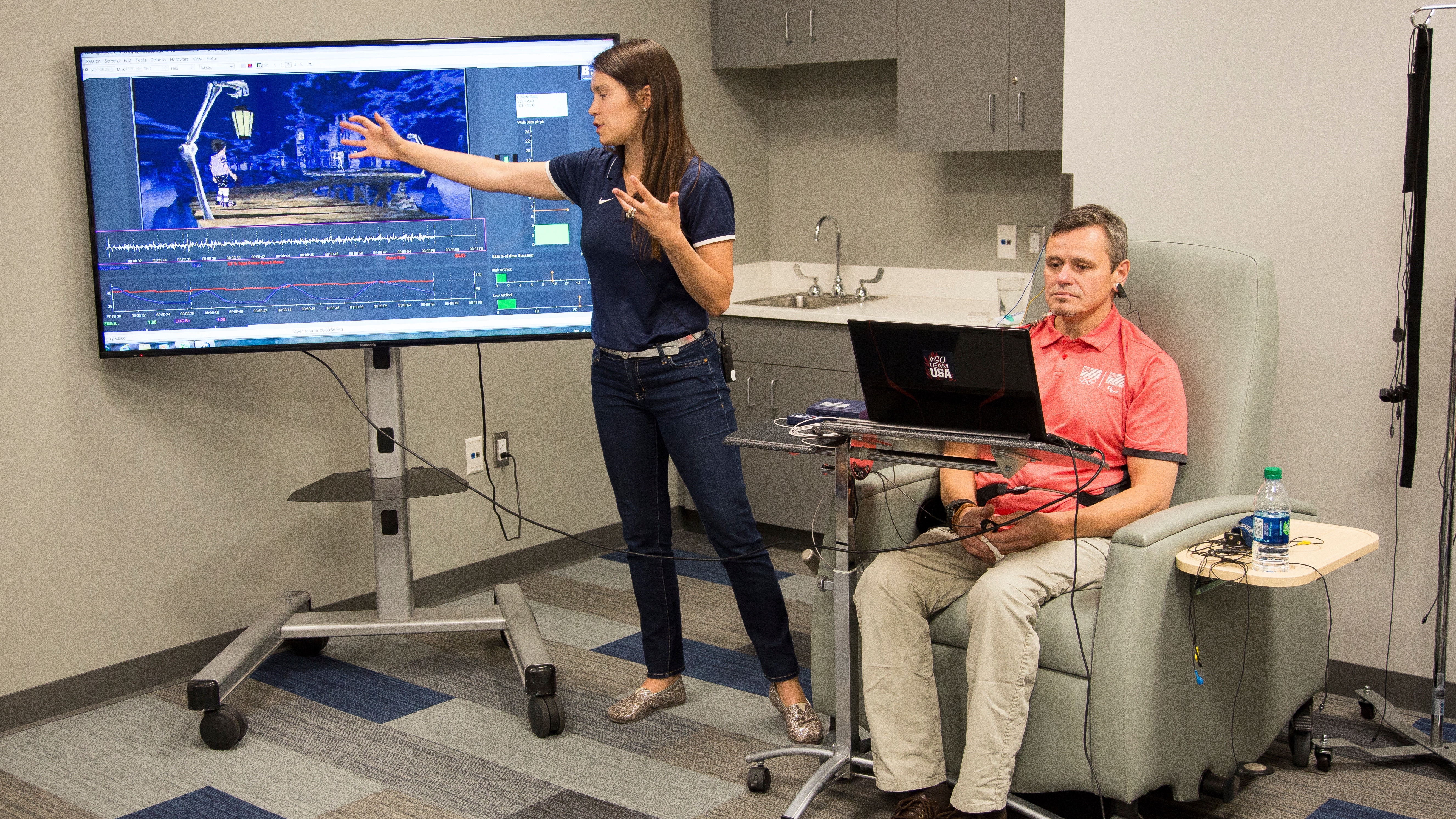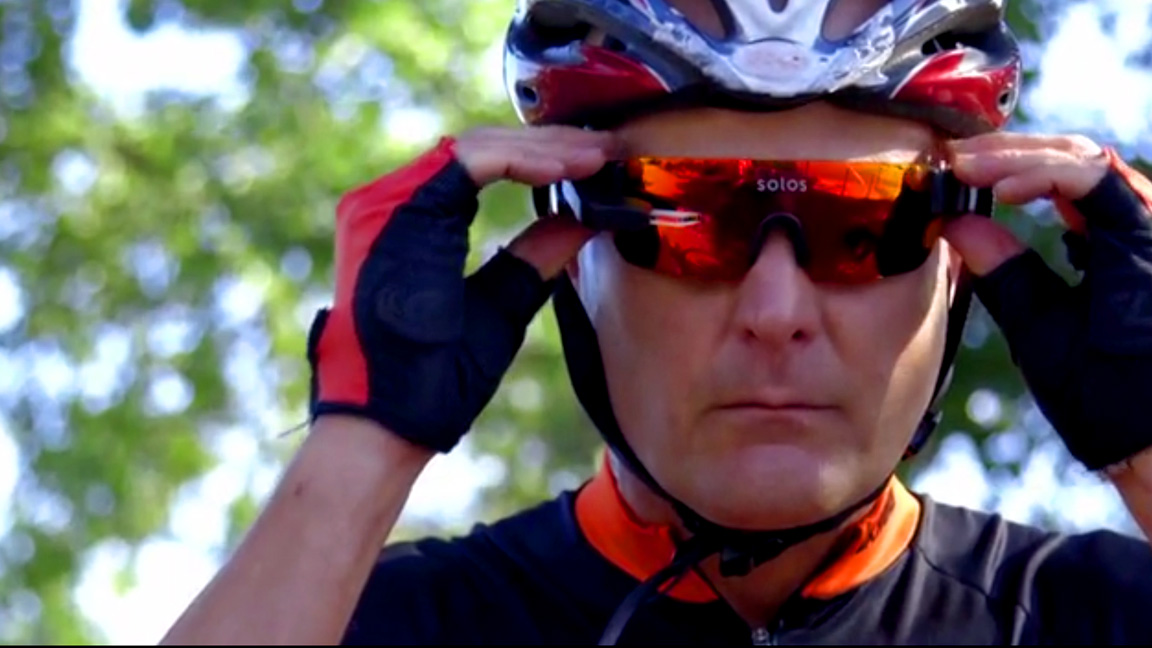Go for the gold: How tech is transforming Olympic training
This year's Olympic and Paralympic athletes turn to cutting-edge tech for that 1% edge

All eyes turn to Rio de Janeiro this Friday as the 2016 Summer Olympics officially begin, followed a short time later by the Paralympic Games.
For athletes, the Olympics and Paralympics are the culmination of years of preparation. Thousands of hours of training have gotten them to this point, and while nothing can replace blood, sweat and tears, technology has played a vital role in getting them ready for the Games.
"Athletes find technology essential to their training," Mounir Zok, Director of Technology and Innovation for Team USA, tells TechRadar. "The success of an athlete depends totally on the type of information they can put their hands on each and every day.
"If a boxer can see how powerful their punch is, a thrower the amount of force of the hammer when it's leaving their hands, a diver how quick it took them to get into their first twist - you are giving them information that they have forever guesstimated," he continues. "Now, they don't have to guesstimate. If athletes aren't relying on data points, then they are in the guesstimate realm, and we cannot afford having that."

Tech has brought an immediacy and transparency to training, letting coaches and athletes see where they are with every punch, sprint, twist and throw, and allowing them to make critical adjustments that could mean the difference between standing atop the podium or going home empty handed.
Athletes and coaches we spoke with agree: technology has transformed their training in invaluable ways.
"Without that type of [immediate] feedback [from tech], I don't really see how we as athletes could progress to where we are," says Zach Garrett, an Olympic archer who trains at a state-of-the-art facility in California. There, high-speed cameras capture arrows in flight at up to 16,000 frames per second. Along with delayed video feeds, Garrett can see the flex of the arrow as it shoots through the air, something the naked eye would never catch.
Get daily insight, inspiration and deals in your inbox
Sign up for breaking news, reviews, opinion, top tech deals, and more.
Matt Scott, who's competing in his fourth Paralympics in wheelchair basketball, is sponsored by Beast Technologies and uses the company's Beast Sensor in his training. It measures the velocity of an exercise, such as how fast he's doing a pull-up, how many reps he's done, and compares it to previous sets.
"It's made a huge, huge difference in my training," Scott says. "It's made me a stronger athlete, a stronger player. I'm far more knowledgeable of what I'm capable of in the gym. The real-time data allows me to know if I'm getting the best out of my workouts. It takes the guesswork out of it."
1% edge
Zok says his primary responsibility is to help teams achieve a 1% competitive edge by using emerging technologies - tech that isn't available on the market yet. He works with companies that are "reshaping technologies in sport," building bridges between innovation, coaches and athletes.
There's so much tech used across Olympic and Paralympic training, it's easiest to look at it by category rather than individual devices. Zok breaks training tech into wearables, smart fabrics, the Internet of Things (IoT), artificial intelligence (AI), virtual reality (VR), and neuropriming technologies.
Smart fabrics are particularly cutting edge; Google, for one, is working on weaving sensors into garments. While Zok didn't name a specific manufacturer, he's particularly keen on the seamless integration of clothing and tech.
"Smart fabric is the new generation of wearable technology," he says. "When we talk about wearable tech, we still talk about hard, wearable devices. Smart fabrics are not limited to the physical dimensions of devices, but rather maximize any space and the real estate of the athlete's body."
Still, wearables remain "a huge, huge one for us," Zok says.
"It's technology that can be positioned on the body of an athlete, is lightweight and doesn't interfere with training," he notes. Indeed, teams and individual athletes rely on a variety of wearables in their training, from heart rate wristbands to other types of sensors that pick up information they'd otherwise never know.

But gathering intel is only part of the equation. Zok says IoT and AI bring various data points together into one place, extracting what's pertinent and turning it into useful info for athletes and coaches to apply in training.
Gersson Rosas, head scout for the US Men's National Basketball Team and Executive Vice President of Basketball Operations for the Houston Rockets, attests to the importance of having a wealth of information available at the team's fingertips.
"Anything you can imagine monitored is monitored, and each player is monitored differently," he says. "You have as much information as you want, and it's up to you how you use that data. It allows you to make more calculated decisions."
Virtual reality is finding its way into Olympic training, too. While we didn't speak to any athletes or coaches who employ VR in their regime, Zok says it can be used to help athletes "live situations that would otherwise be impossible to live," essentially recreating the environment of the Games to mentally prepare athletes for what they'll face in real competition.
Finally, Team USA utilizes neuropriming technologies, which Zok explains "uses pulses of energy to increase the excitability of motor neurons."
"This benefits athletes in two ways: accelerated strength and skill acquisition," he says.
The impact of much of the tech Zok describes can be found in the story of the USA Women's Track Cycling team. After leaving the 2012 London Olympics with silver medals, Zok says the team looked at what they could leverage to improve their performance that wasn't available to them before.
"They pointed their fingers towards technology, and saw that, now, the tech is going faster than the sport," he says.

While the team still relies on the kind of physical, tactical training they've always used, they started to integrate technology to help improve decision making and collective performance. Now, the team uses tech that's straight out of sci-fi.
"They train inside a velodrome that automatically recognizes who the athletes are, logs all the data points, and provides the coach with a real-time dashboard as to what's happening with the team inside the velodrome," Zok says. "There's heart rate monitors, oxygen sensors on muscles, speed sensors, a video system."
Kevin Loughery, USA Cycling's manager of communications, tells us the team relies on IBM's Watson IoT to "track power, speed, energy burned and various other factors in real-time."
The information is fed to coaches on tablets, and athletes have a heads-up lens display on the Solos SmartGlasses they wear to track their progress.
This is just one example of how tech has become an integral part of training, and it can be found no matter the sport, season or Games.
"Generally speaking, all Team USA sports are aware that they have to integrate technologies into the standard training to help athletes open that competitive edge, and that's across Summer, Winter and Paralympics," Zok says.
Top image credit: Jeff Cable Photography
Michelle was previously a news editor at TechRadar, leading consumer tech news and reviews. Michelle is now a Content Strategist at Facebook. A versatile, highly effective content writer and skilled editor with a keen eye for detail, Michelle is a collaborative problem solver and covered everything from smartwatches and microprocessors to VR and self-driving cars.
